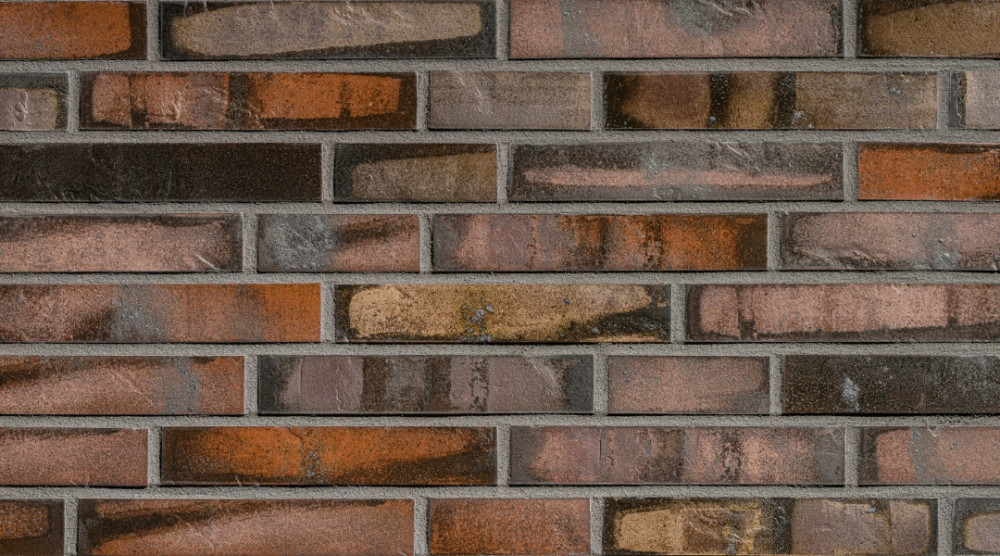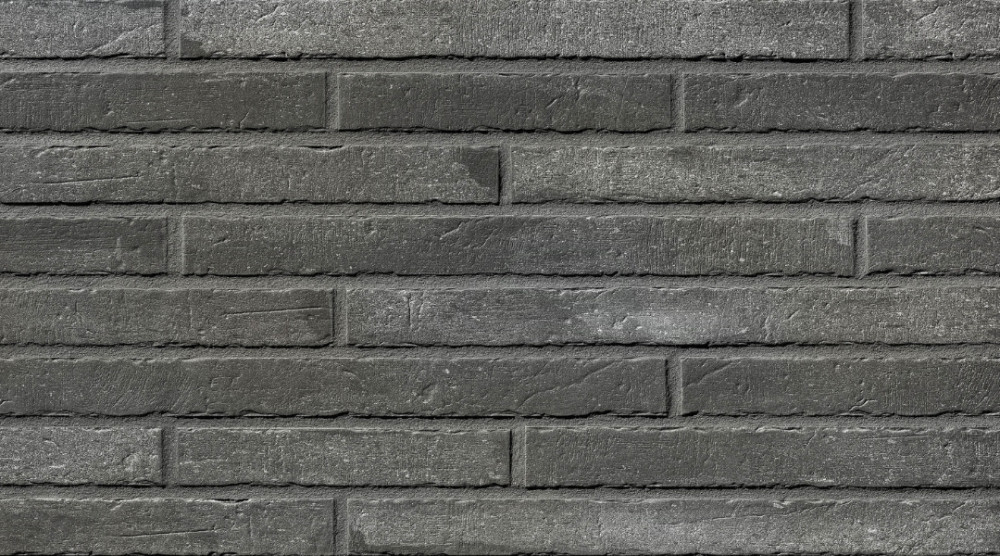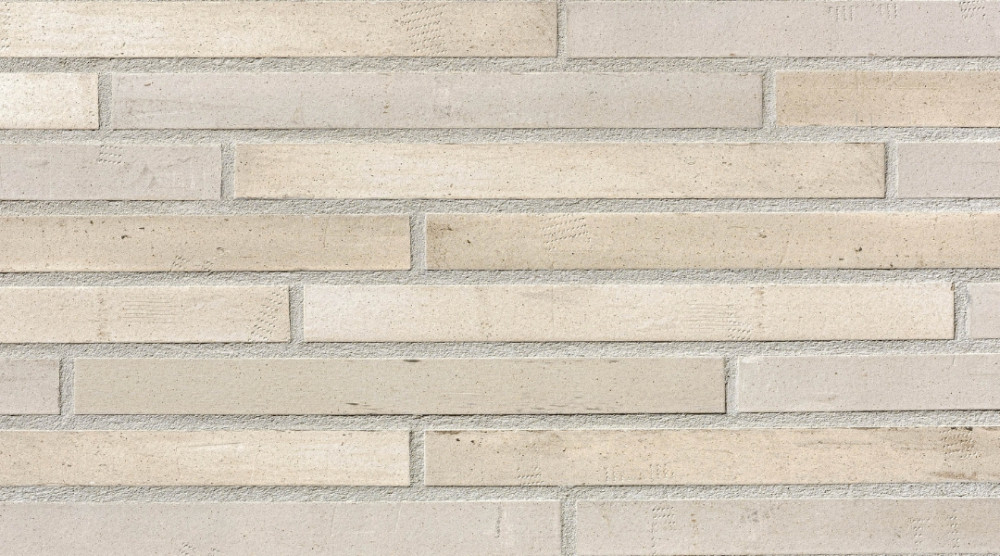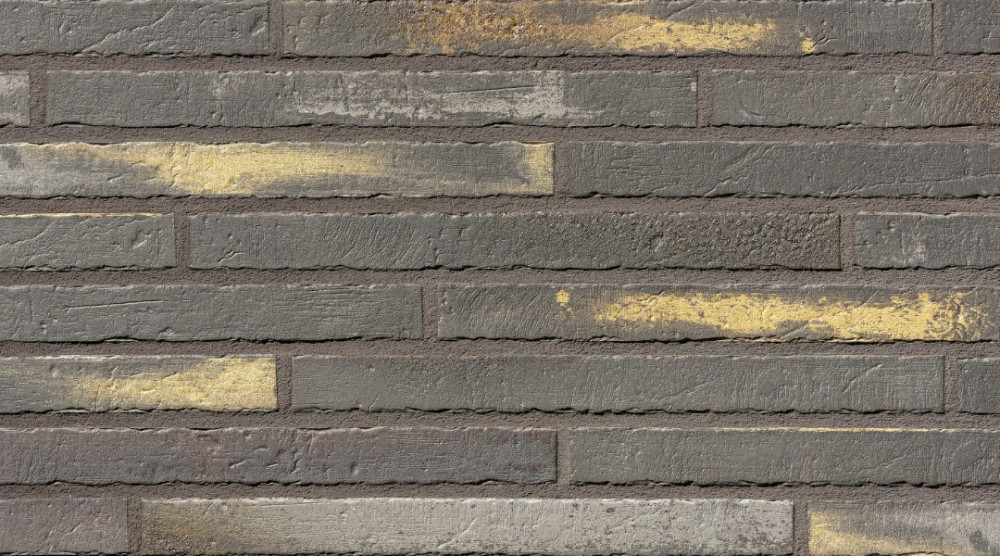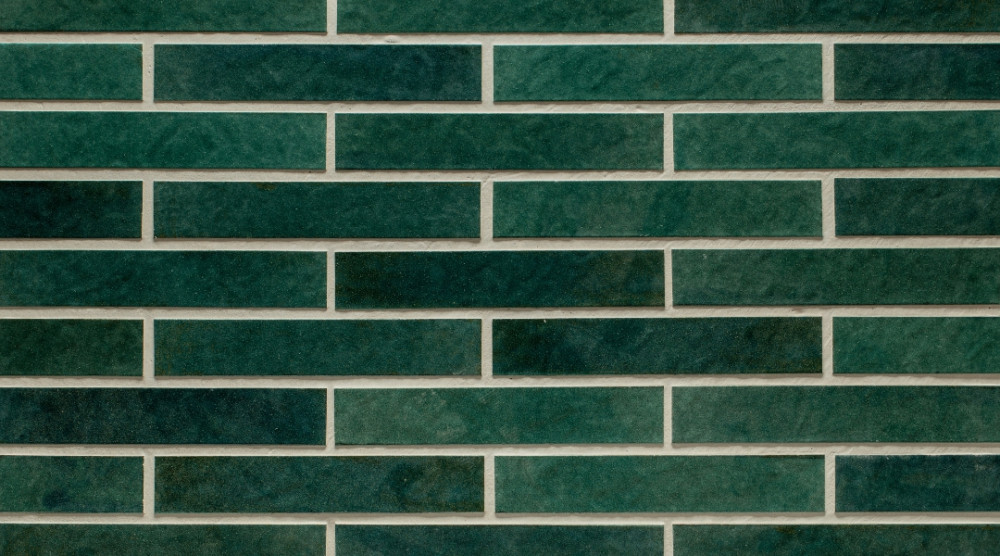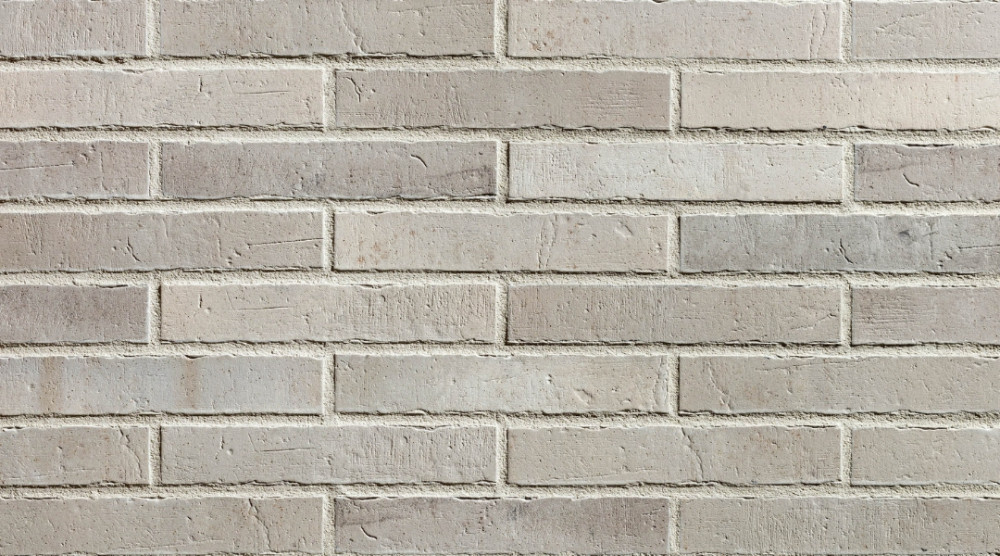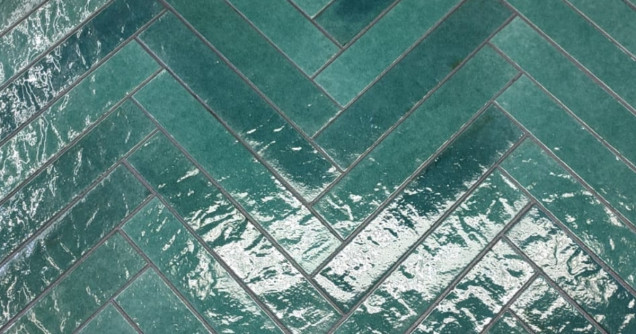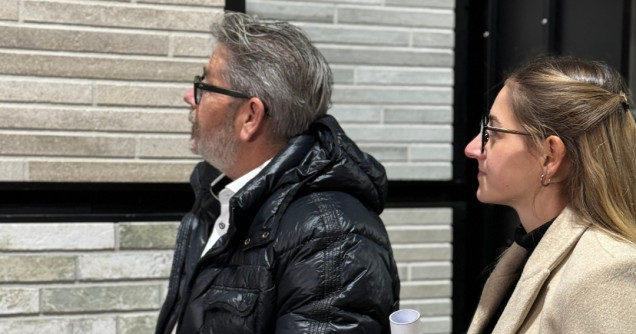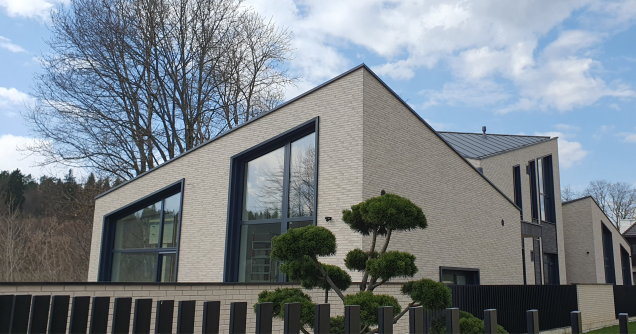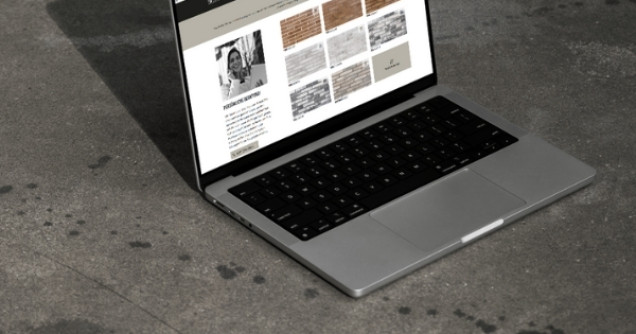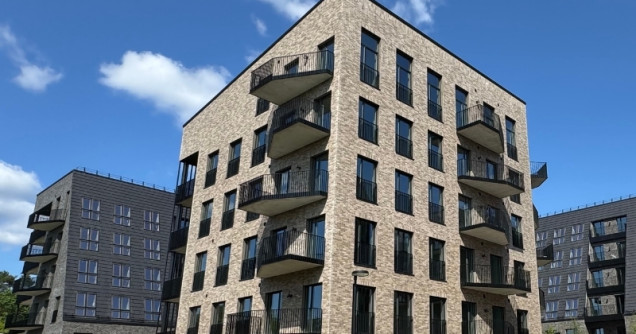The history of ceramic brick-slips
5 historical facts
Brick-slips have a timeless appeal — and that’s exactly what makes them so special. What is considered a modern facade trend today has a history stretching back centuries. Here are five surprising facts about ceramic brick-slips that will change the way you see this material.
Bonus Fact – Where does the word "brick" come from?
The word “brick” comes from the Old Dutch brick or bricke, which is related to the Old English brice meaning “broken piece.” This reflects the early method of using broken or cut pieces of clay in construction. Today’s ceramic brick-slips carry on this tradition of durable, crafted clay components for building.

Fakt 1 - Origins in Antiquity
Fired clay building materials have been used since Roman times to enhance the durability of structures. These early versions of what we now call brick-slips have endured centuries of weathering — a principle of lasting strength that Tonwerk has refined to perfection.
Fact 2 - Designed for tough conditions
During the 19th century, brick-slips were specifically engineered for industrial buildings, where they had to withstand harsh maritime climates and heavy wear and tear. This exceptional durability remains a key reason for their ongoing popularity.
Fact 3 - From functional brick to architectural statement
For a long time, bricks were valued mainly for their practicality. It wasn’t until the 20th century that architects began to appreciate their aesthetic potential, turning brick facades into design icons — especially in educational buildings where durability meets style. Today, recycled brick is also finding its way indoors, adding elegant touches to wall coverings and flooring.
Fact 4 - Northern Germany's brick gothic architecture and post-war reconstruction
The iconic brick cathedrals of northern Germany stand as remarkable examples of fired clay’s role in architectural masterpieces over the centuries. After World War II, brick experienced a resurgence as a favored building material for rebuilding many destroyed cities, valued for its resilience and longevity. Modern ceramic brick-slips carry forward this rich tradition in a slim, contemporary format, blending historic craftsmanship with modern design.
Fact 5 - Traditional craft meets modern technology
In the past, solid bricks were laid directly in masonry. Today, Tonwerk produces ceramic brick-slips using a special process: larger blocks are formed from extruded clay and then cut into multiple brick-slip segments before firing using a wire cutter. Additionally, grooves are worked into the slabs prior to firing, allowing the blocks to be carefully broken along the fracture lines after firing.
Each individual brick-slip is color-varied through our high-quality digital printing process, giving it a unique and distinctive appearance. In this way, we combine centuries of craftsmanship with modern technology and resource-efficient production.
Ceramic brick-slips are not only a timelessly beautiful facade material — they are part of a long architectural tradition. With Tonwerk, you bring this heritage to your facade in a contemporary form, with the highest quality, and in designs that stand the test of time.
